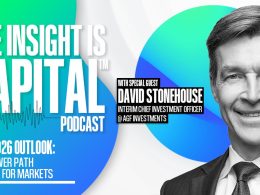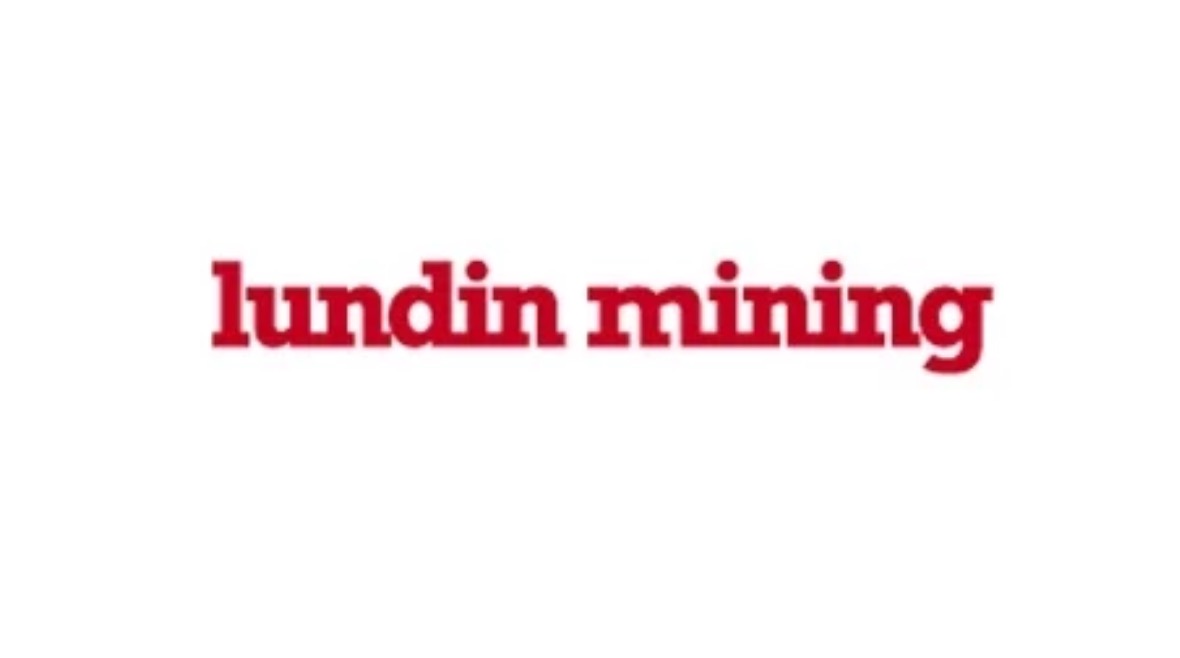by Hubert Marleau, Market Economist, Palos Management
September 12, 2025
This week the S&P 500 touched 6587, only 13 points or 0.01% lower than the 6600 target that I had conjectured 12 months ago.Thus it’s time to cast another die: I’m raising my year-end goal for the US benchmark to 6850 and presaging a 10% increase to 7535 by the end of 2026, despite the presence of several red flags: froth in the financial markets, widespread geopolitical risks, possible secondary adverse effects of Trump’s tariffs, and conceivable retaliation from foreign buyers of American products.
The point is that investing is not about buying low and selling high as many believe, but about hunting for animals that consistently grow. While considerations should be given to traditional valuation metrics like free cash flow (FCF), price to earnings ratios (P/E), and debt-to-equity ratios (D/E), nothing works as well as the PEG ratio - P/E divided by growth prospects. In this connection, stocks should scale up to new all-time highs over the next 12 months. Why? Because 7 big things are expected to keep the growth trajectory of per share corporate profits intact, thereby likely outweighing the risk of bad news.
First,capital expenditures are unusually strong and so are prospects. Spending by hyperscalers on AI data centres is robust, and all the entire outlook remains unscathed. Moreover, big investment incentives in the federal budget will become law in 2026
Second, the US economy is producing very solid productivity gains, rising at an annual rate of 2.5% in Q2, and will likely trend even higher in Q3 and in 2026 as more and more firms adopt AI, automation and robotics to replace workers, raise efficiencies, and widen their customer base. Interestingly, the recent benchmark revision by the BLS, which showed that the US economy had created 911,000 fewer jobs in the 12 months through March, proves that businesses are enjoying a lot more productivity than previously thought. Morgan Stanley estimates AI embracement could deliver around $920 billion in benefits over time, generating $13-16 trillion in long-term value for companies in the S&P 500, the strategists who put this together claiming that the opportunity amounts to more than 25% of the S&P 500’s estimated 2026 adjusted pretax income.
Third, the US energy bill as a percentage of N-GDP is historically low at 2.2%, which tends to lower input cost, raise the personal savings rate and/or boost other expenditures. The Paris-based IEA forecasts oil supply growth of 2.7 million barrels a day and 2.1 million the next year, from earlier estimates of 2.5 million and 1.9 barrels a day, respectively. There are also growing expectations that the world will soon be oversupplied significantly, because major OPEC oil producers are members emphasising the importance of fighting for market share at a time when a glut already exists (the US-based EIA expects this year’s world production to total 105.5 million barrels per day, topping consumption of 103.8 million bpd). Indeed, Saudi Arabia is taking measures to free up more oil for export, having vast amounts of spare capacity, even as growth in oil demand is on a structural downward trajectory, thanks to shifts in China’s economy and a growing adoption of electric vehicles around the world.
In this connection, the best that could be expected from geopolitical tensions following Israel's attack on Hamas’ leadership in Qatar and prospects of tighter Western sanctions on Russian energy exports, is a cap on oil prices around $63.00 a barrel, the point of this being that most recessions have been associated with high energy bills, which is not the current prospect at all. Interestingly, there has been a shift from backwardation toward contango in the oil market - a manifestation of high levels of crude inventories - while drilling for oil in down.
Fourth, the Fed is ready to trigger an easier monetary stance, waiting for an appropriate time, excuse and opportunity to raise the money supply with a series of rate rate cuts, which should keep the level of business activity at an affordable level.
Fifth, the deregulation bias of the current administration supports M&A activity and favours the extension of bank and market credit, while lightening up on the enforcement of regulations, lowering taxes, and encouraging foreign investments.
Sixth, stock buybacks, which are expected to reach $1.2 trillion in 2025 and probably as much in 2026, are suppressing volatility and keeping stock prices at record highs. According to Nomura’s Charlie McElligott, these are not only creating constant demand, but also tend to be more active into pullbacks and passive into rallies
Lastly, in the year to date the DXY—an index of the value of the US dollar relative to a basket of foreign trade partners’ currencies - is down 10% with little hope that a reversal is in the making. this should bring about higher foreign operating earnings and larger translation of foreign assets.
Investors should also take into account that Wall Street is even more bullish than me. Goldman’s David Kostin expects the US benchmark to flirt with 7000 by mid-2026; SocGen’s Manish Kabra sees upside to 7300 by May 2016,;Evercore’s Julian Emanuel thinks it could reach 7750 by the end of next year; and Yardeni has a range of 6900-7130 for 2026. Perhaps stocks are poised for a lifetime bull run.
What Took Place in the Week ended September 12?
On Monday, the S&P 500 ticked up 0.2% to 6495, leaning on a tolerable report on inflation that gave hope for a rate cut by the Fed that could be as much as a half point, the Standard Chartered expecting such a cut as the labour market has gone from solid to soft in less than 6 weeks.
On Tuesday, the S&P 500 registered a miniscule increase of 0.3%,:enough, however ,to score a new all-time high of 6513, even though new employment data generated by the Bureau of Labor showed that the US economy had gained 911,000 fewer jobs in the 12 months ended March 2025, significantly less than previously realised - a report which reassured investors that the monetary authorities will indeed reduce their policy rate at the next FOMC meeting, and that productivity gains were much more solid than official numbers suggested.
On Wednesday, a decline in wholesale inflation that reinforced conviction that the Fed would cut rates in September, and a massive Open AI purchase of $300 billion in computer power from Oracle Corp, were 2 unexpected surprises that compelled Wall Street traders to drive the S&P 500 higher by 0.3% to 6535. Oracle shares alone surged 36%.
On Thursday, the Bureau of Labor Statistics reported that the cost of living had risen again in August at an accelerating rate as tariffs rippled across the US economy, rising 0.4% m/m, generating a y/y increase of 2.9% - above expectations, but not fast enough to stop the Fed from cutting its policy rate at the next FOMC meeting, given that first-time unemployment claims had surged to 263,000, the highest in 4 years. The S&P 500 added 55 points or 0.9%, logging a fresh record close at 6587 and very near my 2025 target of 6600.
On Friday, the S&P 500 fell marginally to 6584.
The Near-Term Stock Market Outlook
I have 6 good reasons why I think the economy will likely muddle through: low oil prices, easy money, productivity gains, a cheap dollar, deregulation and the AI capex boom being the key ingredients that should keep the trajectory of the US economy positive. This is why the Atlanta Fed’s NowCasting Model is presently tracking real growth of 3.1% in Q3, and why the NY Fed Staff Casting model is projecting 2.2% in Q4.
Incidentally, payroll numbers were not as bad as many strategists had suggested. Forecasts for further increases in the unemployment rate may not materialize because labour force growth is expected to be weak due to limited immigration and increasing deportations. In this regard, the “Sahm Rule” is not calling a recession because the labour market is in balance, having as many job openings as there are unemployed workers. The unemployment rate would have to rise to 4.6% from 4.3% to trigger a recession.
Moreover, in a plethora of corporate surveys, a large number of companies surveyed have made plans to enact AI, trim their workforce and raise buybacks in the next 12 months to boost productivity, protect their profit margins and keep EPS guidance intact.
In this context, I sold ORCL and NVO, and bought INOD, QRC and ADBE.
Copyright © Palos Management














